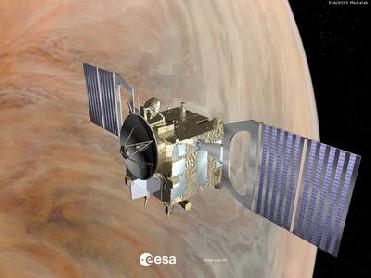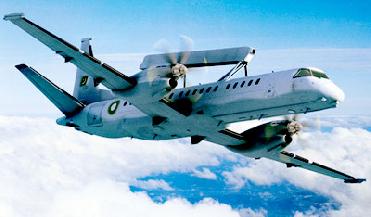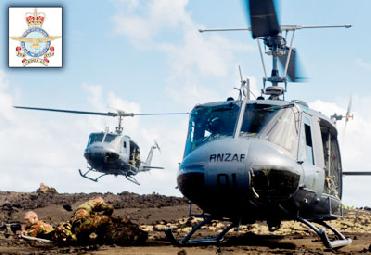
Venus Express has two solar cell panels per wing comprising alternating rows of standard triple junction solar cells as well as highly reflective mirrors to reduce the operating temperatures. An ESA photo
PARIS (BNS): Venus Express has completed an 'aerodrag' campaign that used its solar wings as sails to catch faint wisps of the planet’s atmosphere.
The test used the orbiter as an exquisitely accurate sensor to measure atmospheric density barely 180 km above the hot planet, an ESA statement said.
‘Venus Express’ is ESA's first mission to Earth's nearest planetary neighbour, Venus.
In terms of size and mass, Venus is Earth's twin and yet it has evolved in a radically different manner, with a surface temperature hotter than a kitchen oven and a choking mixture of noxious gases for an atmosphere -Venus Express will make unique studies of this atmosphere.
During five aerodrag measurements, Venus Express' solar arrays and control systems were operated as one big flying sensor, with the solar arrays rotated at various angles to the direction of flight.
The special configuration exposed the wings to the vanishingly faint wisps of atmosphere that reach to the boundary of space around Venus, generating a tiny but measurable aerodynamic torque, or rotation, on the satellite.
This torque can be measured very accurately based on the amount of correction that must be applied by reaction wheels, which counter-rotate inside the spacecraft to maintain its orientation in space.
Starting on April 12, the solar panels rotated through five daily-changing sets of orientations. While one panel remained perpendicular to the direction of flight, the other rotated in steps, gradually increasing the torque to be counter-balanced by the reaction wheels.
On the last day, 16 April, the solar arrays were rotated at plus and minus 45° to the atmospheric flow, mimicking the vanes of a windmill, in order to gather additional information on the behavior of the molecules of the atmosphere bouncing off the solar wings.
"The aerodrag campaign went without problem, and conclusively demonstrated that Venus Express can be securely and accurately used to sense the density of the planet's atmosphere. Venus Express has shown once again that it is a very capable satellite," said Spacecraft Operations Manager Octavio Camino.
The mission operations team will study the results to develop an optimised configuration for aerodrag campaigns in October and in 2011. Aerodrag testing was also conducted in 2008, 2009 and February 2010.
Continued positive results may enable Venus Express to conduct more sophisticated investigations deeper in the atmosphere, which would be of immense interest to planetary scientists.
 Previous Article
Previous Article Next Article
Next Article













The Indian Air Force, in its flight trials evaluation report submitted before the Defence Ministry l..
view articleAn insight into the Medium Multi-Role Combat Aircraft competition...
view articleSky enthusiasts can now spot the International Space Station (ISS) commanded by Indian-American astr..
view article